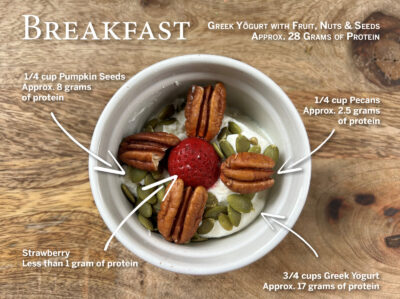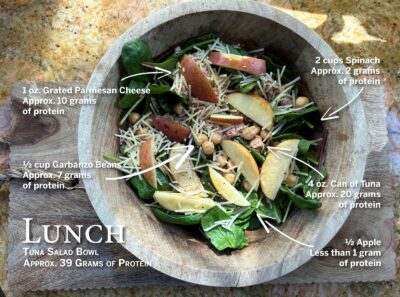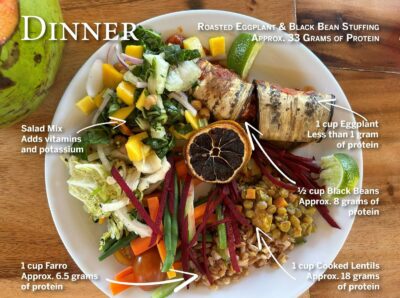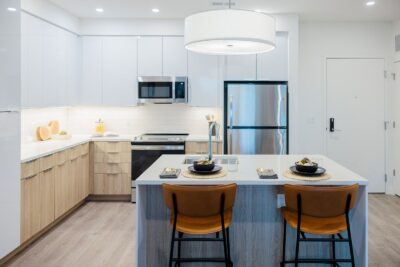
About the Artist:

Romy’s affinity for photography began early, inspired by the dramatic coastline of her hometown of Mendocino. Enrolling in a basic black and white photography class during high school unveiled her passion further as she experienced, both behind the lens as well as in the confines of the dimly lit darkroom, a profound sense of joy unlike anything she had ever experienced. Nonetheless photography took a sideline to her first chosen profession of nursing and healthcare for the last two decades, all the while remaining a persistent yet unanswered call.
In 2022, a significant event altered Romy’s trajectory when she became a victim of drug assault in her hometown. This experience illuminated the urgent need for education and systemic reform surrounding this pervasive yet often overlooked crime. Romy is dedicated to transforming her own journey as a survivor into a catalyst for positive change, leveraging her voice to advocate for awareness and reform. She is currently in the nascent stages of establishing Expose This Crime, an organization aimed at shedding light on drug assault and advocating for transformative change.
Concurrently, Romy’s photography project, Soulscape Images, emerged during this tumultuous period, serving as a source of strength, expression, and healing. Her robust portfolio, aptly titled “Soulscapes,” is a testament to her personal journey of turning pain into creativity.
For the first time, Romy is making her Soulscapes available to the public, envisioning them as large-scale canvas prints for wall hangings, with. 33% of the profits going to support her sister project and passion, Expose This Crime. This initiative will fund the launch of a podcast platform, providing a space for survivors to share their stories and voices, amplifying awareness and fostering healing and much needed change.
Romy Limenes; www.soulscapeimage.com
Instagram: soulscapeimages
romylimenes@gmail.com











 Amp up your morning bowl of Greek yogurt
Amp up your morning bowl of Greek yogurt


 Encouraged by the positive response, Montgomery County has been barreling forward with other social housing projects, like a 463-unit complex that will house both seniors and families, and another 415-unit building across from The Laureate set to break ground in October. While construction has lagged nationwide as the Federal Reserve worked to rein in inflation, private developers in Montgomery County have been able to partner with the local government, enticed by their more affordable financing options.
Encouraged by the positive response, Montgomery County has been barreling forward with other social housing projects, like a 463-unit complex that will house both seniors and families, and another 415-unit building across from The Laureate set to break ground in October. While construction has lagged nationwide as the Federal Reserve worked to rein in inflation, private developers in Montgomery County have been able to partner with the local government, enticed by their more affordable financing options.